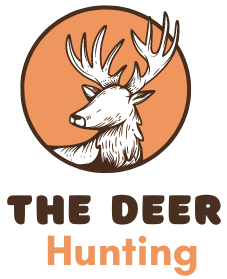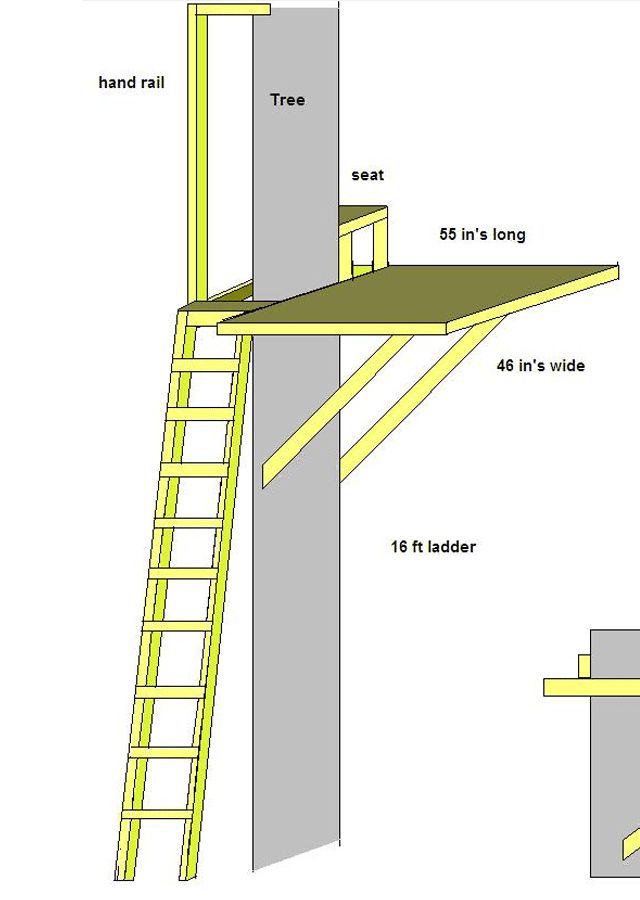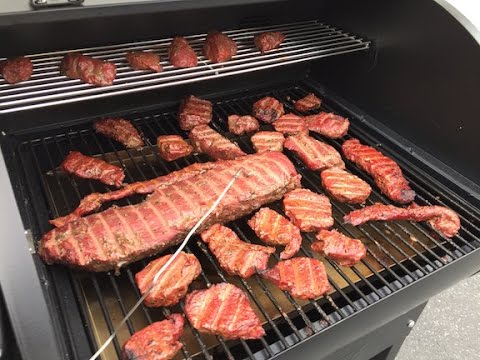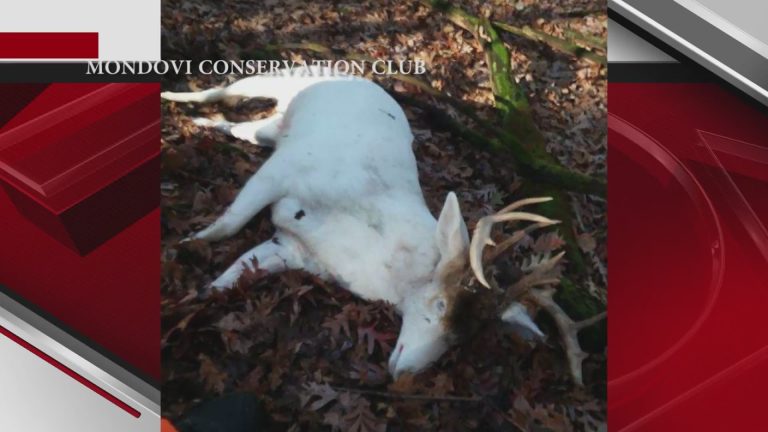Deer Daily Movement Timeline: Unlocking the Secrets of Wildlife Patterns
Understanding the daily movement of deer is crucial for hunters and wildlife enthusiasts. Deer follow specific patterns that change with the time of day.
Deer are fascinating creatures with behavior driven by survival instincts. They wake up early and look for food, moving through familiar paths. By mid-morning, they find a secure spot to rest and chew their cud. In the afternoon, they become active again, exploring new areas.
As night falls, they move to feeding grounds, using the cover of darkness for safety. Observing these patterns helps us appreciate their survival strategies. Knowing the deer daily movement timeline can enhance your wildlife experience and increase hunting success. Let’s dive deeper into the intricate world of deer movements throughout the day.
Introduction To Deer Movement
Studying deer helps us understand their habits. This is crucial for hunters and conservationists. Knowing deer patterns can aid in creating better wildlife management plans. It also helps in reducing human-deer conflicts. Deer often move in search of food and water. Their movement affects the entire ecosystem. By studying them, we can ensure their survival and balance in nature.
Many believe deer are always active. This is not true. Deer rest during the day and are active at dawn and dusk. Another myth is that deer roam randomly. They follow specific paths. Some think deer are always afraid of humans. Deer can adapt to human presence in some areas. Understanding these points helps in better managing deer populations.

Credit: www.facebook.com
Morning Activity
Deer start their day early. They often forage for food at dawn. This is a quiet time. Few predators are around. Deer feel safe then. They look for fresh plants and grasses. Their keen senses help them find food. Deer are most active during this time. They move a lot. They cover large areas. Foraging is their main task. Eating enough is crucial for them. It keeps them strong and healthy.
Deer prefer certain spots in the morning. They like open fields. These areas have plenty of food. Forest edges are also popular. Deer can hide there if needed. Water sources are important too. Deer drink water after foraging. They need hydration. Fields near water sources are ideal. These spots offer both food and safety.
Midday Behavior
Deer tend to rest during midday. They find quiet spots to lie down. These spots are usually in thick cover. Resting helps them conserve energy. It also keeps them safe from predators.
Temperature affects deer behavior. On hot days, deer stay in the shade. They move less to avoid heat. On cooler days, they are more active. They may feed and move around more.
Afternoon Patterns
Deer often move to feeding areas in the afternoon. They leave their bedding spots and head to fields or forests. This movement is usually quiet and cautious. They prefer areas with plenty of food and cover. Watch for them near crops, fruit trees, or dense woods.
Predators like wolves and coyotes affect deer movement. Deer stay alert and watch for signs of danger. They may change their paths to avoid predators. This makes their movement more unpredictable. Understanding predator patterns can help in tracking deer.
Evening Routine
Deer are very active during twilight. They leave their bedding areas to feed. This is the time they search for food. They eat plants, fruits, and leaves. Their senses are sharp, and they stay alert. Safety is important for deer. They listen for danger while feeding.
After feeding, deer move back. They head to their bedding areas. These spots are safe and hidden. Deer rest and digest their food here. They stay quiet and still. This helps them avoid predators. Deer may stay in these areas until dawn. Rest is crucial for their survival.
Nighttime Movement
Deer tend to move more at night, especially after dusk. They search for food and water under the cover of darkness. These movements are part of their daily routine.
Nocturnal Feeding
Deer are very active at night. They feed on grasses, leaves, and fruits. Deer often move to open fields to feed. Nighttime offers them safety from humans and other threats. They eat more food during the night.
Avoidance Of Predators
Nighttime helps deer avoid predators. It is harder for predators to see them. Deer use their keen senses to stay alert. They listen for any sign of danger. This helps them survive in the wild.
Seasonal Variations
Deer daily movement changes with the seasons. In summer, deer are active in early mornings and late evenings. Winter brings more daytime activity as deer seek food.
Spring And Summer
Deer move more during spring and summer. They look for fresh food. Green plants are their favorite. You will see them early in the morning. They also come out in the evening. This is when they eat most. During the day, they rest in the shade. They avoid the hot sun. Deer stay near water sources. They need to drink often.
Fall And Winter
In fall, deer move a lot. They search for mates. This is called the rut. Bucks are very active. They move at all times of the day. In winter, deer stay in one place. They need to save energy. Food is hard to find. They eat less and rest more. Snow makes it hard for them to move. They find shelter in thick forests.

Credit: www.boone-crockett.org
Human Impact On Deer Movement
Urban development changes deer movement. Deer avoid busy areas. They fear cars and people. This forces them into smaller spaces. They must find new paths. Finding food becomes harder. They search for safe spots. Green spaces and parks become their homes. Deer adapt to survive.
Hunting changes deer behavior. They move more at night. They hide during the day. Deer learn to avoid hunters. Hunting seasons make them cautious. They use dense forests for cover. This helps them stay safe. Deer become smarter over time. They learn from each season.
Technological Advances In Tracking
GPS collars have changed how we track deer. These collars use satellites to find the deer’s location. This helps us learn where deer go each day. Scientists can see the data on their computers. The data is very accurate. It updates in real time. This means we can follow the deer’s path every day. It helps in studying their patterns and habits.
Data analysis is key. It helps us understand the movement patterns. Scientists use software to look at the data. They find out which areas deer like the most. This helps in making better plans for wildlife management. We can also see how weather affects deer movement.
Conservation Implications
Understanding deer daily movement timeline aids in effective wildlife conservation. Insights into their habits help protect habitats and manage human-wildlife conflicts.
Habitat Preservation
Deer need safe places to live. This includes forests and fields. Keeping these areas safe helps deer. It also helps other animals. Fewer places to live means more danger. Roads and buildings take away deer homes. We must protect these spaces.
Wildlife Management Strategies
Managing deer is important. It keeps them safe and healthy. Too many deer can harm the land. Too few can be bad too. Hunting helps control numbers. Feeding programs keep deer strong. Good plans balance deer and nature. This helps everyone.

Credit: www.youtube.com
Frequently Asked Questions
What Time Of Day Are Deer Most Active?
Deer are most active during dawn and dusk. These twilight hours provide them with the cover of low light for feeding and movement.
How Far Do Deer Travel In A Day?
Deer can travel several miles in a day. Their daily movement depends on food availability, weather, and breeding season.
Do Deer Follow A Daily Routine?
Yes, deer follow a daily routine. They have specific feeding, bedding, and movement patterns that vary with seasons and environmental conditions.
What Affects Deer Movement Patterns?
Deer movement patterns are affected by food sources, weather, predators, and human activities. Seasonal changes also play a significant role.
Conclusion
Understanding deer daily movement helps in planning successful wildlife observations. Deer are most active at dawn and dusk. Knowing this can enhance your viewing experiences. Patience and quiet observation are key. Respect their habitat and maintain a safe distance. Stay informed about their patterns for better encounters.
Happy observing!





